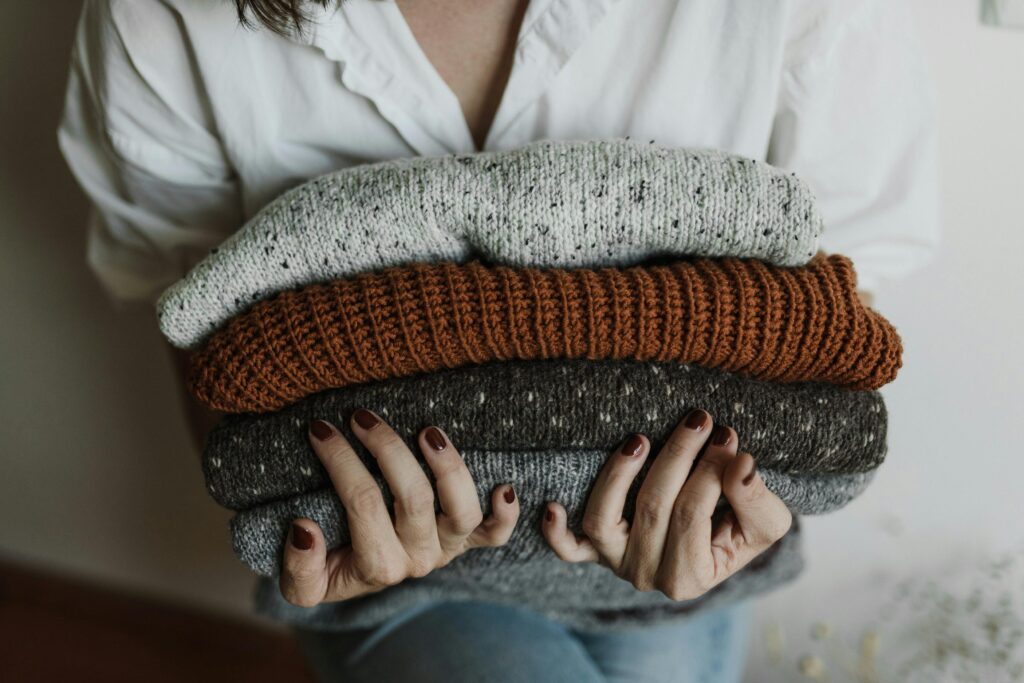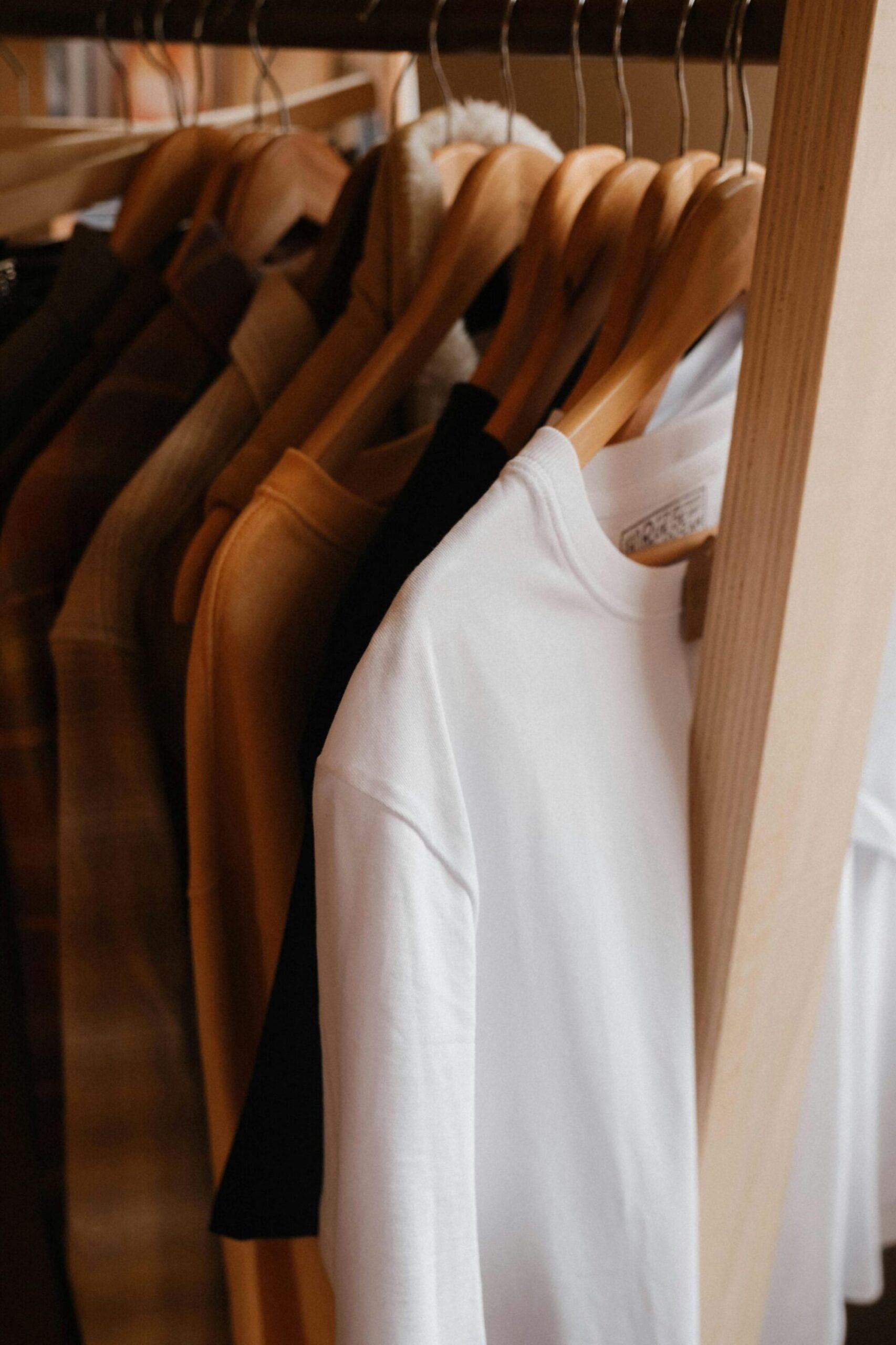
As the seasons shift, so does the weather-sometimes within the same day. Mastering the art of layering for transitional weather isn’t just about staying comfortable; it’s about looking effortlessly stylish while adapting to unpredictable temperatures. Whether you’re moving from summer to fall or winter to spring, a smart layering strategy lets you mix, match, and peel off pieces as needed, ensuring you’re never caught off guard by a sudden chill or unexpected warmth. This guide dives deep into the principles, must-have pieces, and pro tips for nailing transitional layering-so you can build a versatile, season-spanning wardrobe that works as hard as you do.
Why Layering Matters in Transitional Weather
Transitional weather is notoriously fickle. Mornings can be crisp and cool, while afternoons turn warm and sunny-sometimes with rain or wind thrown in for good measure. Layering allows you to adjust your outfit throughout the day without sacrificing style or comfort. It’s the ultimate hack for making the most of your existing wardrobe, blending summer and autumn (or winter and spring) pieces for fresh, modern looks.
Key benefits of layering for transitional weather:
- Adaptability: Add or remove layers as temperatures change.
- Versatility: Mix seasonal pieces for endless outfit combinations.
- Style: Create visual interest with contrasting textures, colors, and proportions.
- Practicality: Avoid midday outfit changes and stay prepared for anything.
The Foundations of Transitional Layering
Start with a Lightweight Base
Your base layer should be breathable and lightweight-think cotton tees, silk tanks, or linen shirts. These fabrics wick moisture and allow airflow, preventing overheating when the sun comes out. A simple white tee or a sleeveless knit can serve as the foundation for countless layered looks.
Add Mid-Layers for Warmth and Style
Mid-layers are where the magic happens. Opt for pieces that are easy to put on and take off, such as cardigans, lightweight sweaters, or oversized button-downs. Natural materials like cashmere, cotton, and linen are ideal-they provide warmth without bulk and can be carried in a bag if not needed. A zip-up sweater or shacket (shirt-jacket hybrid) offers quick ventilation and a casual-cool vibe.
Finish with a Versatile Outer Layer
Your outer layer should provide just enough protection from wind or light rain without overwhelming your silhouette. A classic trench coat is a perennial favorite-it’s lightweight, water-resistant, and works with almost any outfit. Denim jackets, utility jackets, and lightweight wool coats are also excellent choices for transitional weather. Avoid anything too bulky or restrictive; the goal is to stay agile and comfortable.
Don’t Forget Accessories
Accessories are the secret weapon of transitional dressing. Scarves, hats, and gloves add warmth and style, and can be easily stashed when not needed. A silk scarf can elevate a simple outfit, while a beanie or fedora adds a seasonal touch. Even hosiery counts-pair tights with a summer dress to extend its wear into cooler months.
Building Your Transitional Capsule Wardrobe
A small, well-curated capsule wardrobe makes layering effortless. Focus on versatile, mix-and-match pieces that work across seasons. Here’s a sample capsule for transitional weather:
- Base Layers: White tees, silk tanks, linen shirts
- Mid-Layers: Cashmere or cotton sweaters, cardigans, oversized button-downs, zip-up hoodies
- Outer Layers: Trench coat, denim jacket, utility jacket, lightweight wool coat
- Bottoms: Lightweight pants, linen or cotton shorts, ecru jeans
- Footwear: Ballet flats, loafers, sneakers, ankle boots
- Accessories: Scarves, hats, tights, socks
Pro Tip: Gradually rotate seasonal pieces in and out instead of doing a full closet overhaul. This keeps your looks fresh and maximizes wear from each item.
Layering Formulas for Every Occasion
For Work or Errands
- Base: Crisp white tee or silk blouse
- Mid: Lightweight cardigan or tailored blazer
- Outer: Trench coat or structured jacket
- Bottom: Tailored trousers or midi skirt
- Shoes: Loafers or ballet flats
- Accessories: Silk scarf, tote bag
This combo is polished enough for the office but easy to adjust if you’re running errands or meeting friends after work.
For Weekend Outings
- Base: Graphic tee or sleeveless knit
- Mid: Oversized denim jacket or zip-up sweater
- Outer: Utility jacket or shacket
- Bottom: Ecru jeans or linen shorts
- Shoes: Sneakers or sandals
- Accessories: Baseball cap, crossbody bag
This look is casual, comfortable, and effortlessly cool-perfect for a day of exploring or relaxing.
For Date Night or Dinner
- Base: Slip dress or silk camisole
- Mid: Cropped knit or faux fur vest
- Outer: Trench coat or leather jacket
- Shoes: Ankle boots or pointed-toe flats
- Accessories: Statement earrings, clutch
Dress up or down with your outer layer and accessories for a look that transitions seamlessly from day to night.
Pro Tips for Flawless Transitional Layering
- Play with Proportions: Pair oversized tops with slim bottoms, or vice versa, for balance and visual interest.
- Mix Textures: Combine knits with silks, denim with linen, or wool with cotton for depth and dimension.
- Stick to a Cohesive Color Palette: Neutrals like cream, black, brown, and olive bridge seasons effortlessly and make mixing easier.
- Choose Easy-On, Easy-Off Pieces: Look for cardigans, zip-ups, and jackets that can be quickly removed or tied around your waist.
- Invest in Quality Basics: Timeless, well-made pieces last longer and layer better than fast fashion finds.
- Don’t Overdo It: Avoid bulk by keeping layers light and avoiding too many heavy items at once.
Common Layering Mistakes to Avoid
- Wearing Bulky Layers Over Thin Ones: Always put your heaviest layer on the outside to avoid unflattering bulk.
- Ignoring Fabric Weight: Heavy denim or thick wool can feel oppressive by afternoon. Save them for consistently cool days.
- Neglecting Accessories: A scarf or hat can make all the difference in comfort and style.
- Forgetting Footwear: Switching from boots to sandals (or vice versa) can instantly update a look for the weather.
- Clashing Colors or Textures: Stick to a harmonious palette and mix textures intentionally for a polished effect.
Transitional Layering for Different Climates
Warm, Humid Climates
Focus on breathable fabrics like linen, cotton, and silk. Layer a lightweight cardigan or denim jacket over a tank or tee, and opt for shorts or flowy pants. Sandals or slip-ons keep your feet cool.
Cool, Dry Climates
Incorporate more knits and light wool layers. A trench coat or utility jacket adds warmth without weight. Ankle boots and sneakers are versatile footwear choices.
Variable, Unpredictable Climates
Embrace the full layering spectrum: start with a tee, add a sweater or shacket, and finish with a water-resistant outer layer. Carry a scarf and wear shoes that can handle both sun and rain.
Sustainability and Transitional Layering
As sustainability becomes a priority in fashion, investing in high-quality, timeless pieces pays off. Well-made basics last for years, reducing waste and ensuring your wardrobe stays relevant season after season. Look for natural fibers, ethical brands, and versatile designs that work across multiple climates and occasions.
Real-Life Transitional Outfit Examples
Here are a few outfit formulas inspired by fashion experts and real women navigating transitional weather:
- Tee + Jeans + Sweater + Sandals: Classic, easy, and endlessly adaptable. Add a scarf or hat if it’s chilly in the morning.
- Summer Dress + Cardigan + Boots: Extend the life of your favorite dress by layering with a knit and switching to boots as temperatures drop.
- Silk Pants + Sweater + Sneakers: Elevated comfort for work or weekends. Swap sneakers for loafers to dress it up.
- Oversized Denim Jacket + Midi Skirt + Ballet Flats: A feminine-meets-edgy look that’s perfect for brunch or meetings.
- White Maxi Skirt + Sleeveless Knit + Sandals: Airy and chic, with the option to add a jacket if needed.
Transitional Layering FAQs
Q: How many layers should I wear for transitional weather?
A: Typically, two to three layers are sufficient: a base, a mid-layer, and an outer layer. Adjust based on the forecast and your personal comfort.
Q: Can I wear sandals in autumn or spring?
A: Absolutely! Pair sandals with socks or tights for cooler days, or wear them bare with layered tops for a balanced look.
Q: What’s the best outer layer for unpredictable weather?
A: A trench coat is a top choice-it’s lightweight, water-resistant, and works with almost any outfit. A denim or utility jacket is also versatile.
Q: How do I avoid looking bulky when layering?
A: Stick to lightweight, natural fabrics and avoid piling on too many heavy items. Play with proportions-pair oversized tops with slim bottoms, or vice versa.
Q: Can I mix summer and winter pieces?
A: Yes! Transitional dressing is all about blending seasons. Try a summer dress with a chunky knit, or linen pants with a cozy sweater.
Elevate Your Transitional Style
Mastering layering for transitional weather is about more than just staying comfortable-it’s an opportunity to express your personal style, experiment with new combinations, and get the most out of your wardrobe. By focusing on versatile basics, playing with proportions and textures, and embracing accessories, you can create looks that are both practical and polished, no matter what the forecast brings.
Ready to refresh your wardrobe for the seasons ahead? Start by auditing your closet for layering essentials, then mix, match, and experiment. For more fashion inspiration and trend analysis, explore the latest articles on https://blogonfashiontrends.com. Whether you’re a layering novice or a seasoned pro, these strategies will help you navigate transitional weather with confidence and flair.

https://shorturl.fm/j09Qe